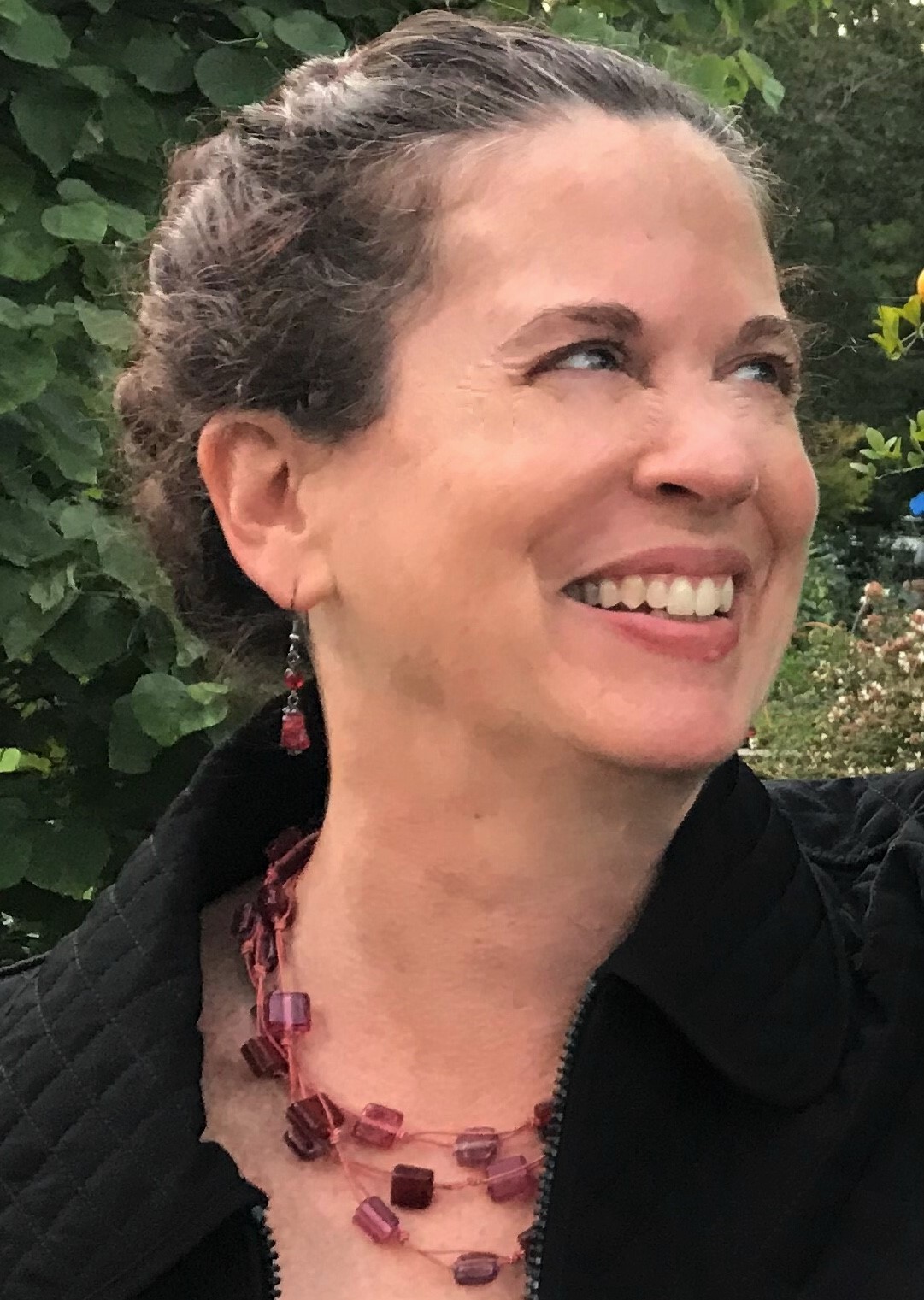
Medical Center at Woods
Image Credit: Woods Services
The Issue
While most of the five million Americans with intellectual or developmental disabilities (I/DD) live independently and with few or no supports, about 22 percent of them have multiple co-occurring chronic conditions requiring highly specialized care. Some of these conditions include diverse genetic and neurologic conditions, including traumatic brain injury, autism spectrum disorder, muscular dystrophy, cerebral palsy, and epilepsy. 30 to 35 percent of persons with I/DD have a dual psychiatric diagnosis.1,2 The cost of this care is high, especially for those with dual diagnoses. Total Medicaid spending for clinical services as of 2018 is $592 billion,3 with Medicaid expenditures for people with disabilities totaling $186 billion in 2014,4 or 30 percent of expenditures. Community-based services alone for people with I/DD totaled 53.5 billion in 2018, which accounted for 68 percent of all home- and community-based waiver spending, an even greater percentage than for the aging population.5 Long-term services and supports for people with I/DD, which includes personal care supports and supports to carry out the activities of daily living, totaled $42 billion in 20146.
The on-going trend over the past several decades of moving people with I/DD out of institutional settings and into community homes has also advanced the need for providing all types of services in community-based settings.7 Health care services were largely provided within these institutions, by providers knowledgeable about the needs of the population.8
However, health care providers were not always prepared to serve this population and were not well-versed in their specific needs. This issue remains a problem today.9 People with all types of disabilities are at greater risk of multiple chronic diseases10, and yet these diseases may be undiagnosed or poorly managed when a person’s disability overshadows other health conditions.11
Barriers to Access
Many children and adults with I/DD and behavioral and medical challenges still experience multiple barriers to affordable, quality health care. For example, unlike the cursory physical exams most people are accustomed to, primary care visits for people with I/DD take an average of 45 minutes to an hour, given the complexity of their medical, emotional, and behavioral conditions.12 There is a lack of formal training for health care providers on the health care needs of people with I/DD. Most private physician practices do not accept Medicaid, the primary insurer of adults with I/DD. These practices cannot afford to care for this population, with the perceived risks and complexities that require more time for visits, significant accommodations and flexibility in conducting patient visits, the need for alternative methods of communication using pictures and technology, the need for more space and specialized equipment in exam rooms, and the frequent need for information-gathering from families and direct care staff for patients with communication barriers.13
Health Disparities
The barriers to primary care access lead to a marked health disparity between persons with I/DD and those without I/DD.14 These disparities result in people with I/DD being more likely to live with complex health conditions, miss cancer screenings, have poor access to oral health care, have poorly managed chronic diseases, be obese, and have undetected poor vision.15 Mortality rates from preventable conditions are higher for people with intellectual disabilities than that of the general population.16
Innovative Solution
Woods Services as a population health management organization has developed an approach to address the medical, behavioral, clinical, education, and housing needs of children and adults with developmental disabilities, autism, acquired brain injury, and complex medical and behavioral challenges. Woods has over a hundred years of experience providing integrated care to this population, including expertise with people with specialized health care and other needs. Some of the specialized needs addressed include psychiatric disorders, seizure disorders, communication disorders, dysphagia, and complex medical conditions that are associated with some genetic disorders, including Prader Willi Syndrome. Clinical and other population health services provided in an integrated way include primary care, behavior supports, psychiatric services, occupational, physical and speech/language therapies, nutrition services, community participation services, and vocational support and job coaching. Medical and nursing services are coordinated by the Medical Center at Woods, using a Patient-Centered Medical Home approach.
In June 2019, Woods opened its newly expanded on-campus Medical Center and launched a Patient-Centered Medical Home program in collaboration with Keystone First, Pennsylvania’s largest Medicaid provider and the insurer of many of Woods’ Pennsylvania clients. Keystone First agreed to provide more support to cover the primary care visits for Woods patients treated at the Medical Center. The Patient-Centered Medical Home pilot program – the first of its kind in Pennsylvania for people with intellectual and developmental disabilities and significant medical complexities – was expected to improve care coordination that would lead to a reduction in emergency room visits, hospitalizations, and gaps in care. At the end of the first year of the pilot, positive results were evident. These included a 35 percent reduction of in-patient hospitalizations over the prior year and a 39 percent decrease in in-patient expenses. Additionally, emergency room costs went down by 2.3 percent and total costs declined by 8.7 percent.
Gaps in care, especially for those with chronic diseases, were also reduced significantly during the pilot year. Conversely, primary care provider visits at the medical center on Woods’ campus increased by 326 percent, meaning that each person was seen more frequently throughout the year by his or her Woods’ doctor, providing consistency and individualized, familiar care for each patient. Some of these outcomes were the result of not only the increase in primary care visits, which identified preventable conditions that might otherwise have landed patients in the Emergency Room, but also shifts in how services were coordinated and tracked using a new electronic health record. The ability of providers to work as a team was also enhanced. Other improvements included extending service hours at the Medical Center and adding advanced services at the Medical Center such as radiology and lab facilities.
As important as these outcomes are, it is also critical that all providers are familiar with and responsive to the needs of the patient population served to reduce anxiety and negative behaviors on the part of the patients. To further this goal, Woods nursing leaders met with the staff of the emergency department of the nearest hospital, providing training for providers and strategies on making waiting room space more accommodating to people with I/DD or autism who experience anxiety or need a quiet space to reduce anxiety. Woods has also established relationships with area medical schools and health systems, which has expanded its ability to bring in more specialists needed by this population, and to serve as a training ground for the next generation of providers who will effectively serve people with I/DD.
Sharing the positive results of the Patient-Centered Medical Home pilot is one way to disseminate best practices for providing integrated, comprehensive care for people with I/DD and complex behavioral and health care needs. In addition, Woods intends to make this approach scalable by expanding its services through telehealth, which has the potential to reach people in community-based group homes and in rural areas, where providers are scarce and people continue to experience barriers to care.
Author bios

Tine Hansen-Turton, MGA, JD, FCPP, FAAN, President and Chief Executive Officer of Woods Services, has more than 20 years of experience in health and human services senior management, executive leadership, and consulting. She has founded and led several nationally recognized organizations and trade associations. A proven results-oriented strategic leader, Ms. Hansen-Turton is known for being an effective change agent and policy and health and human services systems reform advocate. For the past two decades she has been instrumental in positioning Nurse Practitioners as primary health care providers globally. She serves as the founding Executive Administrator for the Convenient Care Association, the national trade association for over 2200 private-sector retail clinics. Ms. Hansen-Turton teaches public and social innovations, leading non-profits, and health policy at University of Pennsylvania Fels Institute of Government and School of Nursing, respectively.

Liz Hayden, MPH and MS Ed, is Strategy Development Director at Woods Services. She is responsible for providing strategic guidance in program and resource development to Woods and its family of affiliate organizations, identifying funding opportunities and writing grants, concept papers and policy papers. She brings more than 25 years of program development and management in social services, public health, adult literacy, ESL, intergenerational programming, and higher education to her role.
Works Cited
1 Braddock, D. L., Hemp, R., Tanis, E. S., Haffer, L., & Wu, J. (2017). The state of the states in intellectual and developmental disabilities. Washington, DC: American Association on Intellectual and Developmental Disabilities.
2 Ervin, David A., Ashley Williams, and Joav Merrick. "Adults, mental illness and disability." International Journal on Disability and Human Development 14.2 (2015): 101-103.
3 www.kff.org/medicaid/state-indicator/
4 www.kff.org/medicaid/state-indicator/
5 Medicaid Home and Community-Based Services Enrollment and Spending. (2020) Issue Brief. Watts, Musumeci, & Chidambaram. Kaiser Family Foundation.
6 Overview of Long-Term Services and Supports and Medicaid. Final Report. (2018). RTI International, Washington, DC.
7 Li, S. Community-Based Residential Alternatives for Persons with Intellectual and Developmental Disabilities: Current Practices, Trends and Issues. (2014). Milken Institute School of Public Health, The George Washington University.
8 Ervin, David A., et al. "Healthcare for persons with intellectual and developmental disability in the community." Frontiers in public health 2 (2014): 83.
9 Ibid.
10 World Health Organization. (2011). World Report on Disability.
11 Krahn, Gloria L., and Michael H. Fox. "Health disparities of adults with intellectual disabilities: what do we know? What do we do?." Journal of Applied Research in Intellectual Disabilities 27.5 (2014): 431-446.
12 Ervin, David A., et al. "Healthcare for persons with intellectual and developmental disability in the community." Frontiers in public health 2 (2014): 83.
13 Ibid.
14 Ibid.
15 Ibid.
16 Ibid.


